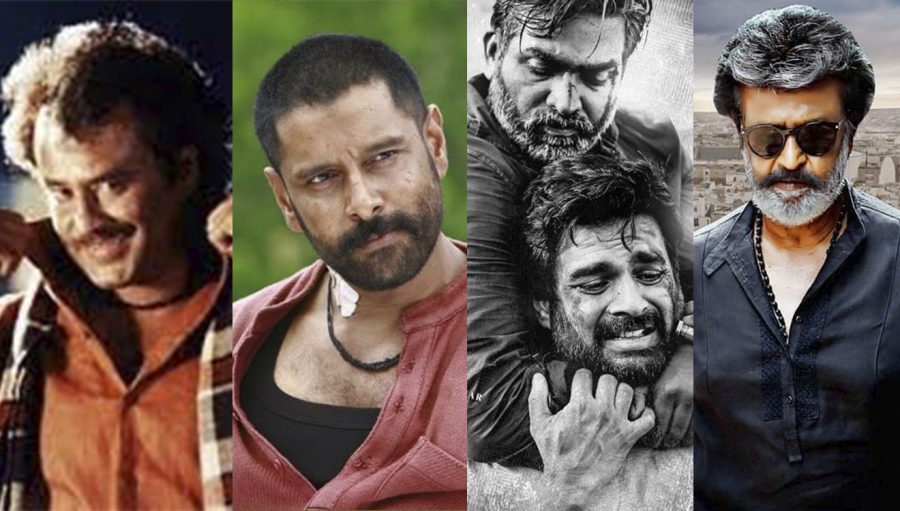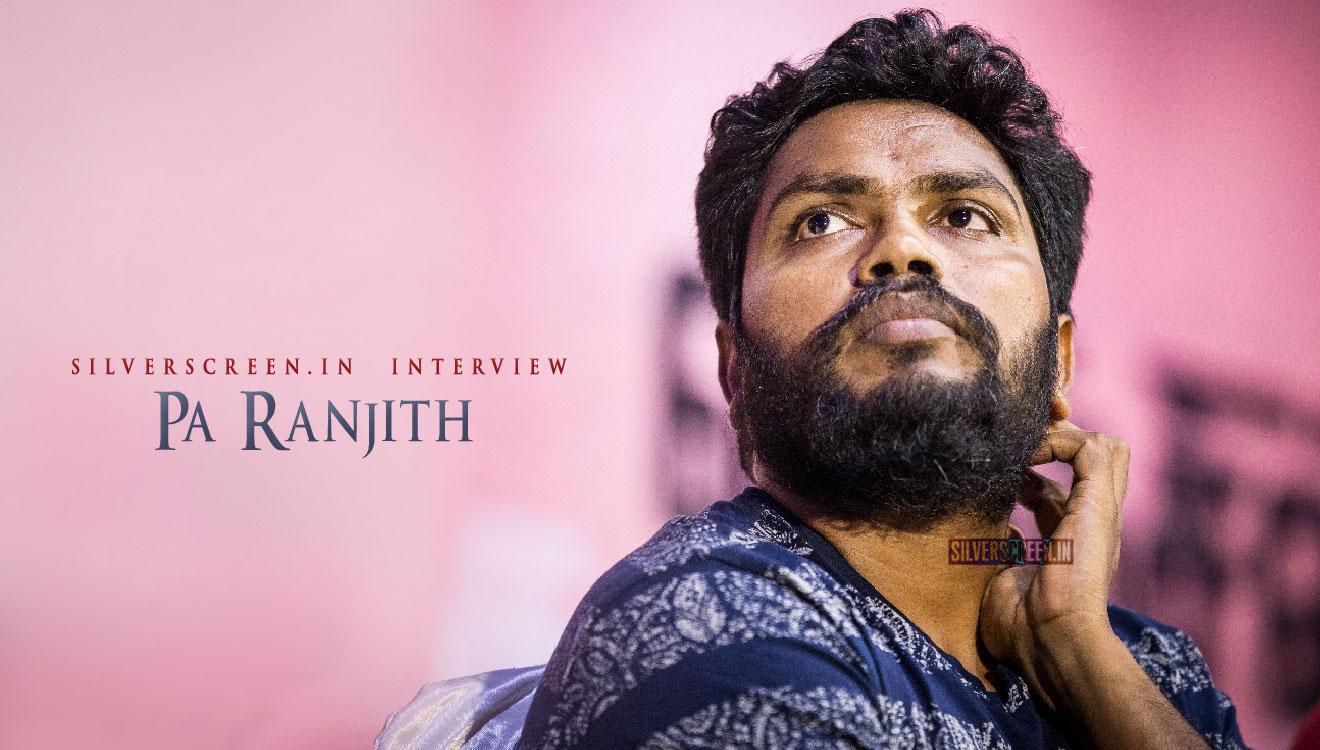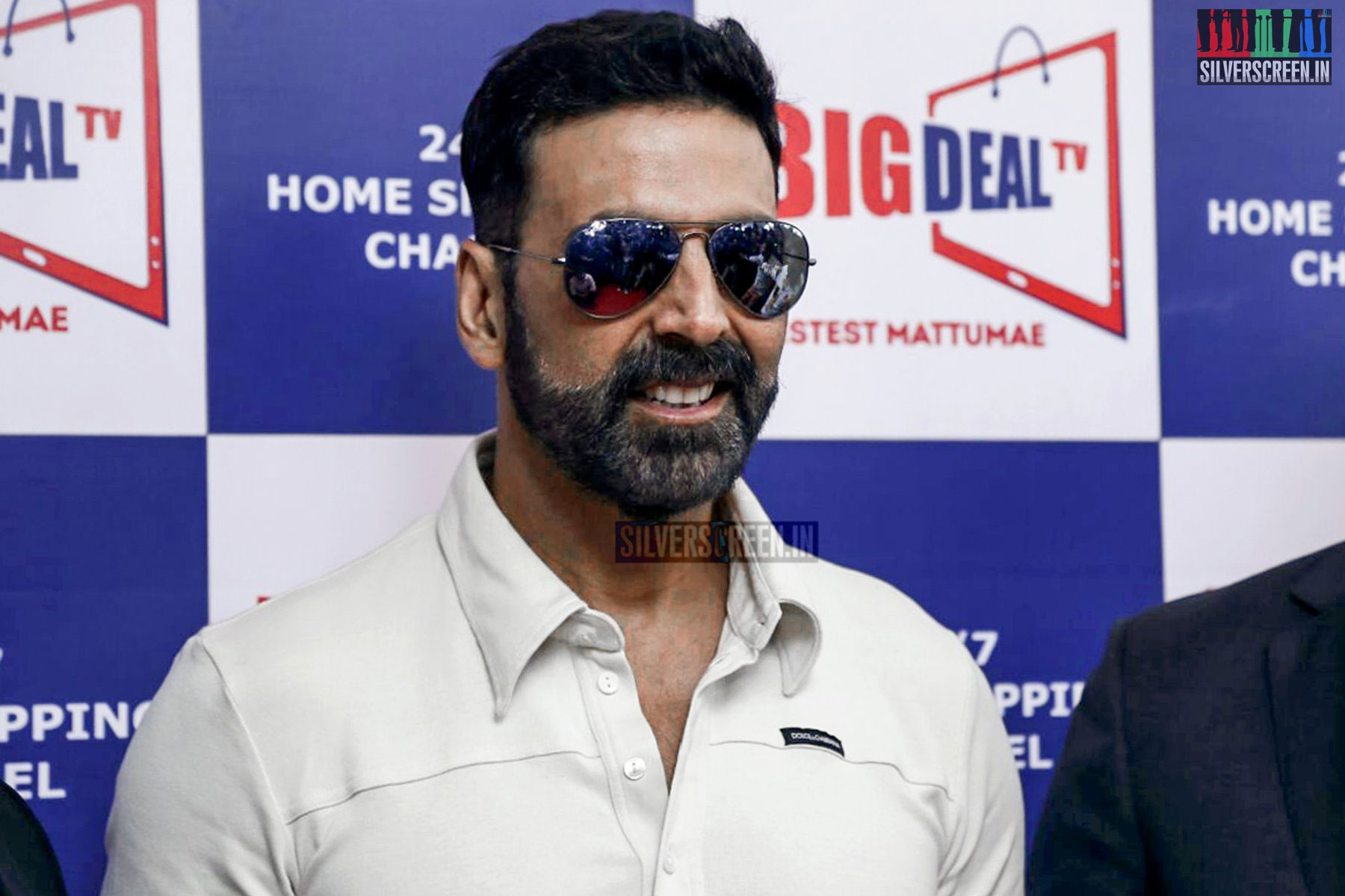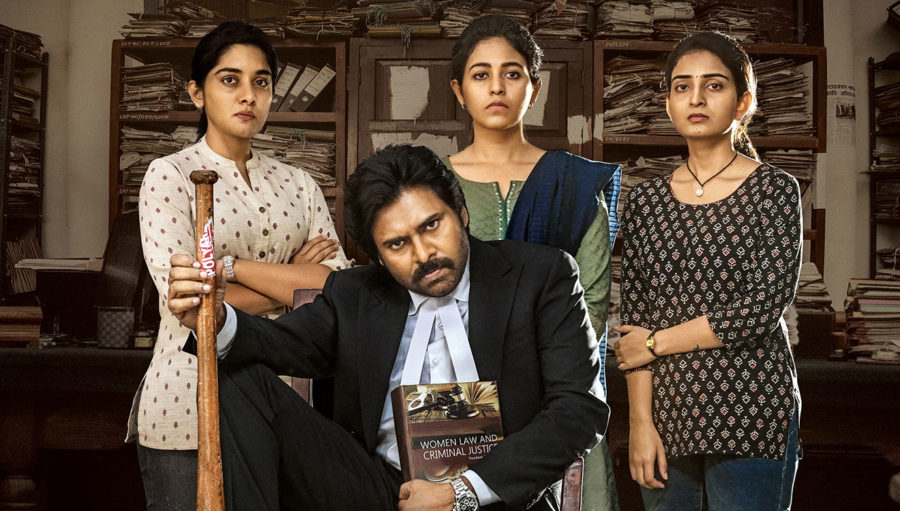Long before realistic stories were the norm, filmmakers took inspiration from the epics, sometimes not even in their entirety; mere chapters were enough to be fleshed into a full-length feature. Remember the hilarious Maya Bazaar (featuring NTR, Ranga Rao and Savitri, based on the Mahabharatha), the intense Karnan (again from the Mahabharatha, with the soulful number ‘Ullathil Nalla Ullam’ that speaks of Karnan’s greatness) or the bilingual Lava Kusa (from the Ramayana)? Indian cinema has always dipped into the epics to embellish its stories. Be it historical fiction or a gangster-drama, a pinch of an epic can guarantee a blockbuster. It helps that across the length and breadth of the country, there are regional interpretations of the epics. That makes it possible to choose from so many more stories.
Here are four films with an epic touch that won critical and commercial acclaim.
Thalapathi

Thalapathi
A retelling of Karna’s episode from the Mahabharata, Rajinikanth plays a character modelled on Karnan, Arvind Swami on Arjunan, Srividya on Kunti, and Mammootty on Duryodhanan. Shobana’s character was said to be based on Draupadi, but how? It is said that Karnan went with Duryodhanan to the same Swayamwaram where Arjunan won Draupadi’s hand. On seeing Karnan, Draupadi wanted to marry him. But, Lord Krishna interrupted to say that a princess cannot marry a man from a lower caste. After a conflict between her heart and mind, she ends up insulting Karnan, who is sent out without getting to compete.
Something similar happens in the movie. The characters of Rajinikanth and Shobana are in love with each other, but due to differences in their backgrounds, she gets married to Arvind Swami. It is said that after the death of Karnan in the Kurukshetra, a distressed Draupadi wept. In Thalapathi’s climax, Shobana cries seeing Rajinikanth after a long time; Ilaiyaraaja’s music only adds to the melancholy.
A scene that can be seen as a direct adaptation of the epic features a child born out of wedlock (Karnan is Kunti’s first born), a river and a basket. Like Karnan is placed in a basket and set on a river by a young Kunti, in the film, Surya (Rajinikanth) is wrapped in a yellow cloth and rests on a hay-lined basket; his unwed teenaged mother placed him in the carriage of a goods train. A group of boys finds the child in the train, and while escaping the cops, sets the basket on the river. Through the film, during every major scene, the Sun plays an important role, for Karnan is the son of the Sun God, Surya.
There’s also the scene at the temple, where Srividya and Rajinikanth stand on opposite sides of the temple pillar. Surya is weighed down by an anger nurtured since childhood at being abandoned at birth, and a regretful Kalyani (Srividya) has never spent a day without thinking of her first born. Amid their silence, the whistle of a train in the background reminds you of what happened. This remains an epic scene from the cinema of the 1990s.
Ravanan
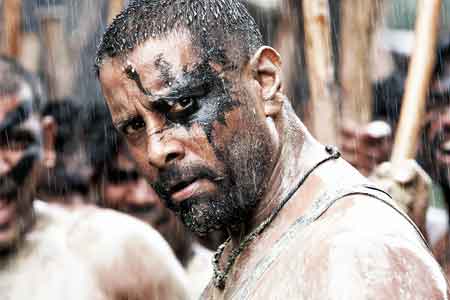
Raavan
Mani Ratnam’s 2010 adventure-drama based on Valmiki’s Ramayana features Vikram (Veeraiah) as Raavanan, Aishwarya Rai (Raagini) as Sita, Prithviraj (Dev Prakash) as Ram, Priyamani (Vennila) is Surpanakai and Gnanaprakasam (Karthik) is Hanuman. If Raavanan wanted revenge because Lakshmanan cut off Surpanakai’s nose, Veeraiah is waiting to avenge his sister Vennila’s death. If Raavanan is portrayed as an antagonist in the epic, in the film, Veeraiah walks the grey path; he is violent, but fights for his people. If Sita in the epic was fragile, here, Raagini is a strong woman who is able to conceal her fears; so much so, that Veeraiah puts off killing her. How does one kill someone who does not fear death?
Gnanaprakasam is the experienced forest guard who takes on shades of Hanuman, and helps Dev’s team through the forest. If Sita went through trauma in the Asokhavana in Lanka, Raagini is actually well looked after by Veeraiah. Mani Ratnam’s twist was in allowing you to interpret the relationship between Veeraiah and Raagini differently. She feels for him after hearing of his sister, but in the epic, there’s no love lost between Sita and Raavanan.
The climax sees a smiling Veeraiah leap down a gorge (akin to Sita asking Mother Earth to take her?) after being shot, even as a devastated Raagini, who understands that Dev used her to get to Veeraiah, tries to save him.
Vikram Vedha

Vikram-Vedha-Movie-Stills
Baital Pachisi (or Vetala Panchavimshati in Sanskrit), was written by Mahakavi Somdev Bhatt nearly 2,500 years ago. It details the stories narrated to the wise king King Vikramadityan by Vetalam, the spirit that rides on his back. Pushkar-Gayatri’s Vikram Vedha is a neo-noir thriller starring R Madhavan (Vikram) as a cop and Vijay Sethupathi (Vedha) as a gangster. The names are dead giveaways, as are their traits. The film starts of like a usual cop-crook story, but takes a twist when Vedha enters the scene.
Recommended
In the original, every time King Vikramadityan tries to catch the spirit, he escapes by narrating a story that ends with a question or riddle. The catch is this: If the King remains quiet despite knowing the answer, his head will burst into a thousand pieces; if he does not answer, he is not fit to be the King. Upon the right answer, the spirit returns to its tree, to be caught again. In the film, Vedha keeps asking questions and forces Vikram to introspect and realise what happened. By the time, he figures the answer, Vedha is gone.
In the film, Vedha helps Vikram understand the deaths of Vedha’s younger brother Vignesh and Vikram’s friend Simon, and how his team of cops looks at him. In the original story, the Vetalam gifts Vikramadityan a boon. Among other things, the King requests that the spirit come to his help when needed. In the film, Vedha gifts Vikram a chain sprocket for his bike, something he has been searching for long.
After a prolonged climax, Vikram asks Vedha asks if he should let him go for saving his life or kill him since he is a criminal. The standoff continues.
Kaala

Kaala1
Kaala directed by Pa. Ranjith, is set in Dharavi, Mumbai. The film speaks about the privileged versus the oppressed, and the hero is Kaala, the ten-headed hero modelled on Raavanan. A version of the Ramayana does not consider Raavanan the villain of the piece, but as someone wronged. Writer Anand Neelakantan toyed with this idea in the book Asura: Tale of The Vanquished, which narrates it from the point of view of Raavanan. Similarly the film has a fleeting reference to Raavana Kaaviyam, a book that is found placed on a table near Rajinikanth. In the epic, written by poet Kuzhandhai, Raavanan symbolises the leader of the oppressed classes. A strain of thought in Dravidian land considers Raavanan as one of its own who was slain by an Aryan King. The cultural difference is portrayed in the form of black versus white; the film stuck to that too. Kaala (Rajinikanth) always wears black while Haridev Abhyankar (Nana Patekar) is clad in white.
Ilangeswaran, a film by TR Ramanna in 1987, inspired by a play of the same name, took a stand different from the popular version of the epic. It considered Sita Raavanan’s abandoned daughter.
